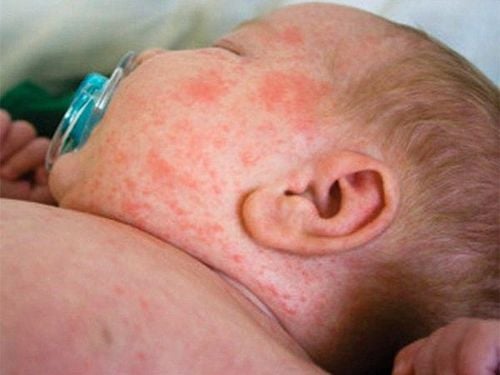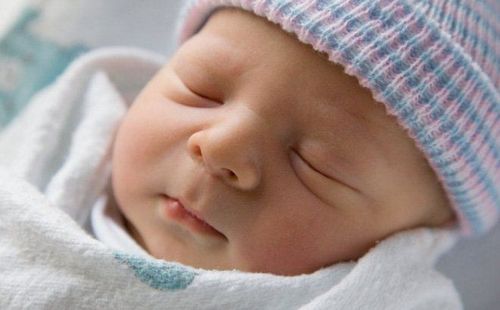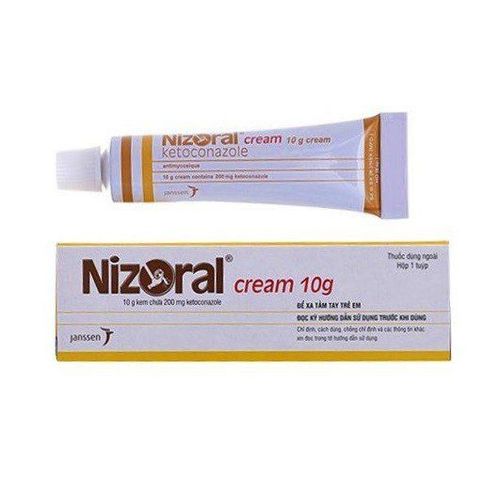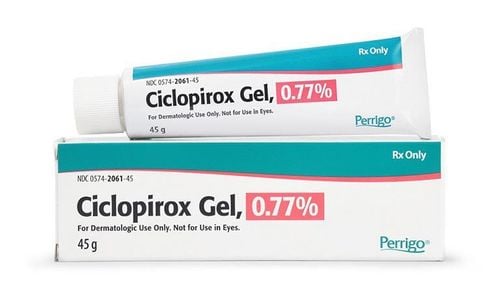This is an automatically translated article.
Erythema or neonatal rash (also known as erythema toxicum and erythroderma neonatorum) is a common and benign condition seen in neonates. It affects up to half of full-term infants but is less common in premature infants. A rash in a newborn is not serious, does not harm the baby, and goes away on its own without treatment. However, it is sometimes referred to as erythema toxicum, erythema nodosum, or erythema nodosum. In this article, we will provide useful information for parents about the causes and treatment of rashes in babies.
1. What is infantile erythema?
Infantile erythema is a common skin rash that affects many newborns in about 30 - 70%, this is a very common red rash, appearing in newborn babies full term, more common in boys than girls, the incidence of neonatal erythema increases with gestational age, weight, and erythema is not toxic. It usually appears within the first week after birth but it can happen later, even up to four weeks after they are born, and disappear within one to two weeks.
This rash usually appears as small raised red lesions filled with white or yellow pus, although pus is present, it is not an infection so it is not dangerous. There can be a lot of points (or just a few) that differ in size with an undefined border. If you press on these spots, they will turn white or turn white. The rash usually appears on a baby's face or midsection, but can sometimes appear on a child's arms or thighs, especially never on the soles of the feet or hands. These erythema usually occur within 3 to 14 days after birth, sometimes appearing several hours after birth. Erythema may be filled with pus but this is not an infection. People often call this acne with millet seeds.
2. Causes of scarlet fever in babies
The cause of these erythema is currently unknown, many theories have been proposed to explain these common disorders:
Compared with adults, the density of hair follicles is higher in infants. Inflammatory cells tend to congregate around the hair follicle and there are cocci-like bacteria in the epidermal layer of the hair follicle in the inflammatory cells. This suggests that erythema may be a response to invasion of the above bacteria into the hair follicle. Other hypotheses include: Modulatory response of the skin to thermal and mechanical stimuli or to lymphocytes passed from mother to child across the placenta before and during birth. Risk factors: Hot and humid climate, vaginal delivery, bottle-fed babies, some studies show that babies born during prolonged labor have a higher incidence of erythema, other skin infections .
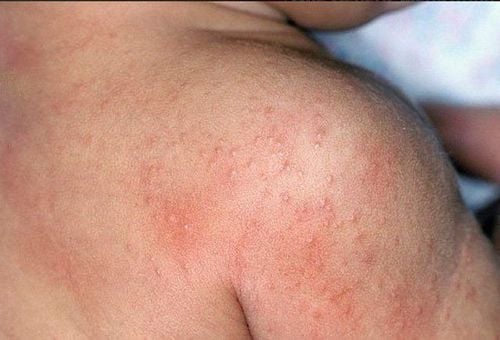
Nguyên nhân gây ra ban đỏ hiện chưa rõ
3. Recognize the symptoms of a rash in babies
Children are usually healthy and have no systemic symptoms such as fever, lethargy, irritability. The rash usually appears as dots, nodules, blisters, pustules on a red background. In severe cases, white, pale yellow granules or blisters appear on a red background that feel hard to the touch and may release a pus-like fluid. Approximately 10% of pediatric patients have pustules 2 to 4 mm in diameter. Erythema often appears scattered irregularly, can be more or less, thick or thin depending on the case and sometimes in clusters. The rash is often seen on the face, body, and extremities. These lesions are rare on the palms, soles, and mucous membranes. The rash usually clears up on its own within 5-12 days and leaves no sequelae. Recurrence is very rare, if symptoms are usually mild.
4. Differential diagnosis
Neonatal erythema is diagnosed on clinical grounds.
In addition, fluid in the blisters can be tested to rule out other possible causes; white blood cell count showed a slight increase in basophils in about 15% of patients; other tests such as viral culture, bacterial culture, fungi to rule out Herpes virus (HSV) ... Biopsy is the most definitive diagnosis but not really necessary.
It's better if you notice your child has a rash on his skin, take him to the doctor to get the most accurate diagnosis.
5. Treatment of rashes in babies
There is no specific treatment for scarlet fever or sometimes no treatment is needed. Infant rashes usually disappear spontaneously without any sequelae within a few weeks, and all symptoms disappear by the time the baby is 1 to 4 months old. Bathe your baby often by keeping the water lukewarm and make sure to bathe for less than 10 minutes and take short daily baths to remove saliva, sweat or feces and help keep the skin clean so it can heal. again. However, it is advisable to wait until after the first 24 hours after birth as studies have shown that waiting can improve the condition of the skin by allowing the baby's skin time to absorb nutrients from the baby. vernix, the oily coating that covers your baby at birth. Baby's skin is very delicate and very thin, so washing too much can damage the skin. And skip any soaps that are scented or heavy. Babies' skin is sensitive so it's important to use products that are hypoallergenic, gentle, and fragrance-free. Then, shower again with a light, fragrance-free moisturizer.
Don't try to put ointment or baby oil on any pimples. It only makes the rash worse and can lead to a skin infection. Children's bodies cannot regulate their temperature properly, so they often develop heat rashes in addition to toxic erythema. When it comes to heat, don't overdress your baby or it can also make scarlet fever worse (and lead to heat rash). Also, don't scratch your baby's rash, which can cause open sores and make it easier for a secondary infection.
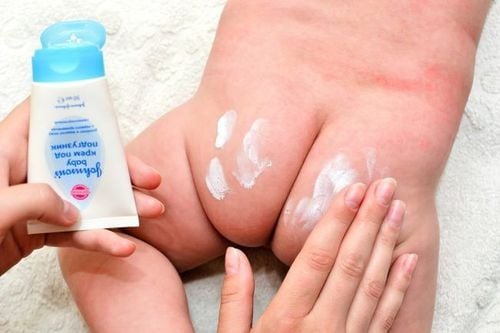
Cha mẹ không nên tự ý sử dụng thuốc điều trị phát ban ở trẻ sơ sinh
6. How to take care of rashes in babies
Bathe and change the baby's diaper every day, but do not bathe too thoroughly, try to always keep the baby's skin dry. Try not to squeeze the pimple to avoid infection. If you are using products to moisturize your baby, you can continue to use them but make sure they are fragrance-free and designed for use on babies.
Take the child to the doctor immediately if the child shows signs of fever, lethargy, irritability, or refusing to breastfeed. The Pediatrics Department of Vinmec International General Hospital has a full team of medical doctors with many specialties in respiratory, cardiovascular, digestive, neurology, endocrinology, oncology, dermatology... to help diagnose and treat Professional, accurate and effective for babies. In Vietnam, there are very few medical facilities with a multi-specialty pediatric department like Vinmec. The baby will be treated centrally at the Pediatric Department without taking time to travel between the departments. The team of doctors and nurses are all highly qualified, experienced, and understand young psychology.
If you have a need to examine a newborn baby rash at Vinmec, please book an appointment at the website or contact the hotline for detailed advice.
Please dial HOTLINE for more information or register for an appointment HERE. Download MyVinmec app to make appointments faster and to manage your bookings easily.
Reference sources: babycenter.com, healthline.com



